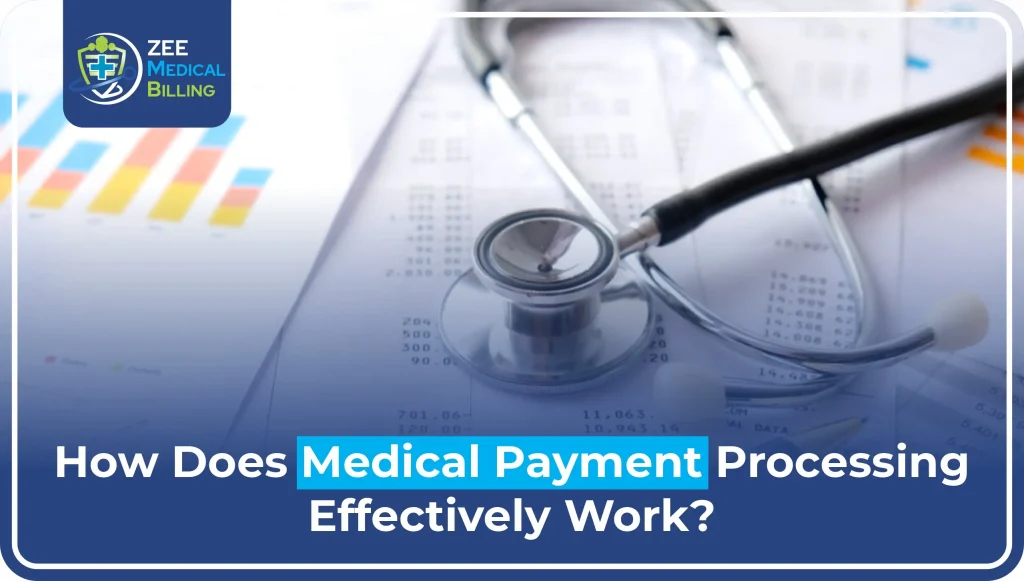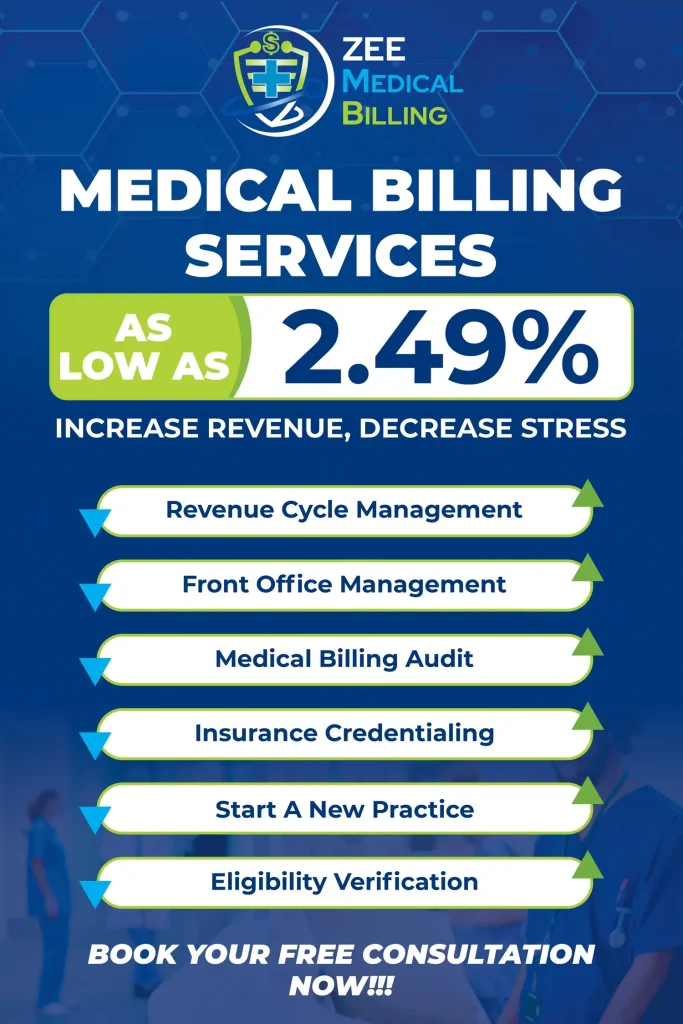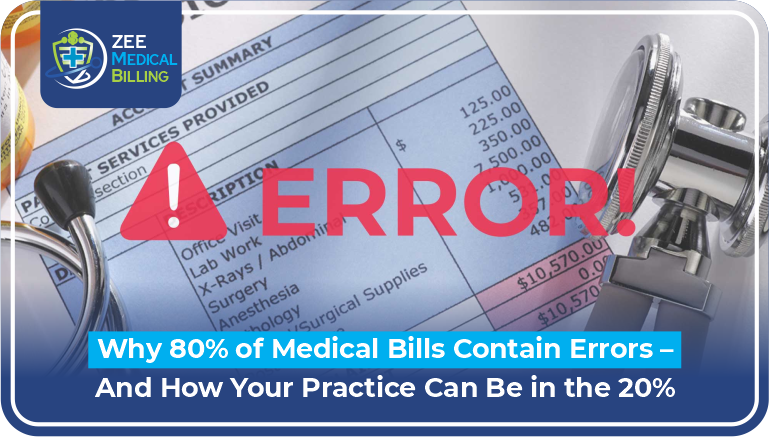Medical payment processing is an essential part of the healthcare revenue cycle. It describes the steps for billing, submitting claims, receiving payments, and posting those payments correctly in the system. This process links patients, providers, and payers. It ensures that healthcare professionals receive payment for the services they provide.
Understanding how payments move in this system helps providers avoid delays. It also reduces claim rejections and improves financial health.
Who Are the Key Players in Healthcare Payment Processing?
There are three main parties involved:
- Payers: Insurance companies, Medicare, Medicaid, or the patient themselves.
- Providers: Healthcare professionals or institutions offering medical services.
- Clearinghouses and Billing Systems: Platforms that manage claim submission and error-checking before it goes to the payer.
Together, these entities form the foundation of healthcare payment processing.
Also Read: How Much Does TRT Cost With and Without Insurance?
Step-by-Step Breakdown of the Medical Payment Process
1. Patient Registration
The process starts when a patient registers at a clinic or hospital. The team collects demographic data, insurance details, and payment preferences.
2. Service Documentation and Coding
Healthcare providers document the visit and assign standardized medical codes to describe diagnoses and treatments.
3. Claim Creation and Submission
Billing staff or automated systems gather the codes and charges into a claim. They then send it to the patient’s insurance payer through a clearinghouse.
4. Payer Review and Adjudication
The payer evaluates the claim based on policy rules, coverage limits, and medical necessity.
5. Payment or Denial
After someone makes a decision, the payer either pays the provider directly or explains the denial. You use remittance advice or an explanation of benefits (EOB) to complete this.
6. Payment Posting
The last step is to post the payment into the provider’s financial system. This includes any adjustments or remaining balances the patient owes.
Healthcare Payment Methods: A Comparative Table
| Payment Model | Description | Risk Assumed By | Example |
| Fee-for-Service (FFS) | Fixed total budget for all care over some time | Payer | Charges per test or consultation |
| Capitation | Fixed amount per patient per period, regardless of services used | Provider | Monthly flat fee per patient |
| Bundled Payments | Single payment for all services related to a treatment or condition | Shared | The hospital is given a yearly budget |
| Pay-for-Performance (P4P) | Bonuses for quality and efficiency | Provider | Bonus for reducing hospital readmissions |
| Global Budget | One payment for the entire surgery | Provider | The hospital is given yearly budget |
What Is Fixed Capitation in Medical Billing?
Fixed capitation is a payment model. In this model, healthcare providers get a set fee for each patient every month. This fee does not change based on the number or type of services given. This model encourages cost control and preventive care but also transfers more financial risk to the provider.
Medical Billing and Payment Posting Process
The payment posting process ensures that once payment is received, it’s accurately recorded in the system. This step is crucial for identifying claim issues and maintaining transparency in revenue.
Key Steps in Payment Posting:
- Record payment amounts
- Match payments with original claims
- Adjust write-offs or contractual allowances
- Reconcile outstanding balances
- Flag denials or partial payments for follow-up
Common Healthcare Reimbursement Models
1. Fee-for-Service (FFS)
This traditional model reimburses providers for each service or procedure. While simple, it can encourage overutilization.
2. Capitation
Providers are paid a set amount per patient. It promotes preventive care but may reduce service frequency.
3. Bundled Payments
Combines all charges related to a treatment episode into one single payment. It encourages efficiency but requires high coordination.
4. Value-Based Reimbursement
Payers reward providers for quality outcomes rather than quantity. It includes models like Pay-for-Performance and Shared Savings.
Also Read: Medical Bills & The Statute Of Limitations Explained
Healthcare Payment Platforms and Solutions
To manage the billing and payment cycle efficiently, many providers use:
- Healthcare Payment Software: Streamlines claims, tracks denials, and manages receivables.
- Payment Gateways: Allow direct payment from patients via online portals.
- Automated Clearinghouses: Help route claims and payments securely.
- Revenue Cycle Management (RCM) Platforms: Integrate all payment and billing activities into one ecosystem.
These solutions improve transparency, reduce errors, and speed up revenue collection.
Challenges in Medical Payment Processing
- Delayed Payments: Reimbursement can take 15 to 30+ days, depending on payer rules.
- Denials and Rejections: Common causes include missing codes, incorrect patient info, or eligibility issues.
- Manual Processes: Increases the chance of human error and reduces efficiency.
- Regulatory Changes: Frequent updates in healthcare laws and payer requirements demand ongoing staff training.
FAQs
1. How long does the payment process take for a medical incident?
It varies based on the payer. Typically, private insurers take 10–30 days, while Medicare or Medicaid may process claims faster if submitted electronically. Delays often arise from errors or missing information.
2. What are the three main types of billing systems in healthcare?
The most common systems include:
- Open system: for multi-provider access
- Closed system: used by individual practices
- Isolated/personal system: for personal records (rare in formal healthcare)
Each system has unique integration, security, and functionality differences.
3. What is a payment method based on provider charges?
This refers to the Fee-for-Service model. In this model, we bill each service separately. The payment is based on the provider’s set charges or rates.
4. What are the main methods payers use to pay providers?
Payers typically use:
- Fee-for-Service (FFS)
- Capitation
- Bundled Payments
- Value-Based Payments The method depends on the healthcare plan, provider contracts, and regulations.
5. What is the role of payment posting in billing?
Payment posting ensures that staff accurately apply all received payments to the right patient accounts and services. It also flags underpayments, denials, or errors for further action.
Conclusion
Medical payment processing is more than just sending a bill and receiving a check. It’s a structured system involving coding, claim submission, payer reviews, and payment reconciliation. By learning about payment models like capitation, bundled payments, and fee-for-service, healthcare providers can improve their operations. This helps them keep up with current reimbursement trends. Efficient use of payment software, clear documentation, and ongoing staff training are key to reducing errors and improving financial performance.
Need Expert Medical Billing Services?
Zee Medical Billing provides professional billing solutions tailored to healthcare providers across the United States. In addition to offering top-tier support from our main office, we proudly serve clients in Illinois, Indiana, California, Kentucky, New York, Washington, Georgia, Alabama, South Carolina, Texas, Pennsylvania, Ohio, New Hampshire, Nevada, Massachusetts, Hawaii, Arizona, and Colorado! Whether you’re looking to streamline your revenue cycle or improve claims accuracy, you can reach out to us to learn more about how we can support your practice.









